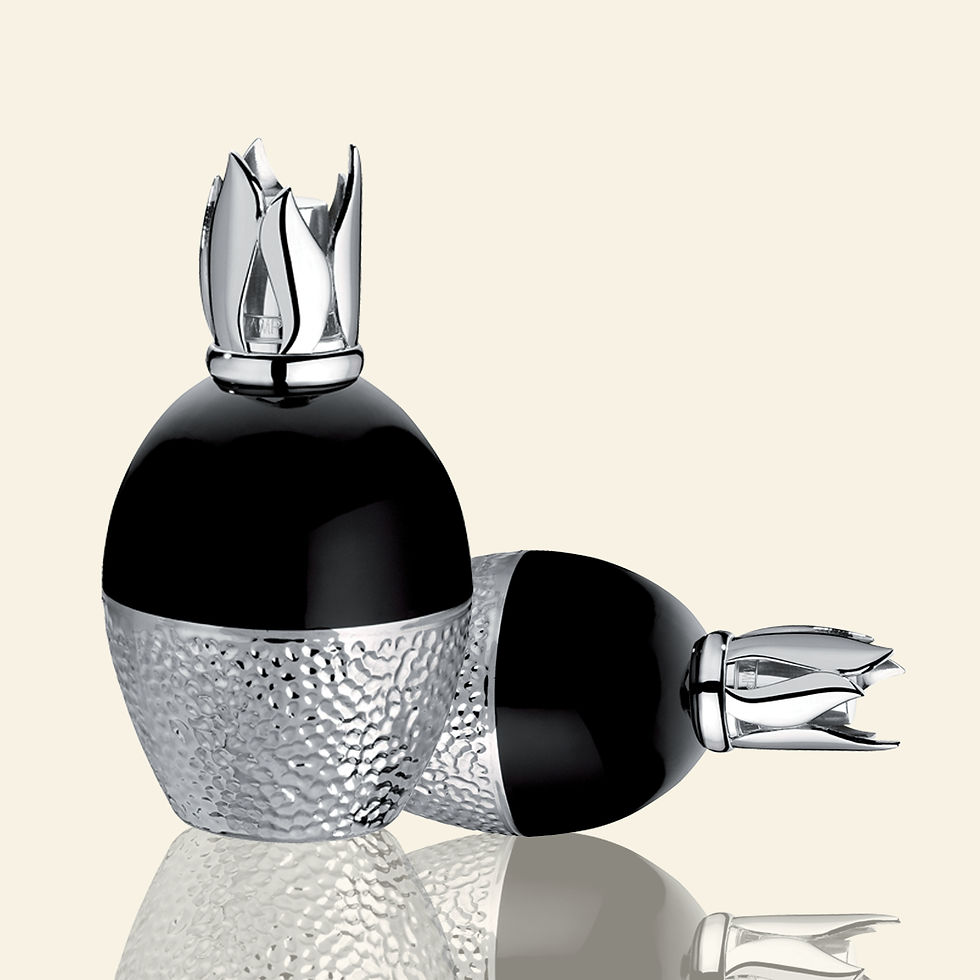I. Purpose
Standardize the method for testing the adhesion of decorative perfume-resistant solutions on container surfaces.
II. Scope
This method is applicable to the adhesion testing of decorative secondary processes on perfume containers.
III. Instruments and Equipment
Beaker.
IV. Testing Procedure
(1) Development stage: Take 10 representative samples for testing. During the incoming inspection stage, use the normal single sampling plan specified in GB/T 2828-2012 for counting and sampling.
(2) Place the products in a 23°C/50% RH environment for 24 hours; label the samples to be tested.
(3) Preparation of perfume product decoration test solution: Mix 20% turpentine, 10% ethyl phthalate, and 70% 95° ethanol.
(4) Place cotton on the test samples in a beaker.
(5) Pour the perfume product decoration test solution onto the cotton, ensuring thorough soaking.
(6) Seal the container with plastic wrap to ensure 100% airtightness.
(7) Store the beaker at room temperature for 4 hours.
(8) Store at room temperature for 2 hours, then remove the cotton and gently rub the printed surface 5 times with a finger or a damp cloth.
(9) Record the experimental results.
V. Defect Categories and Determination

In this section, defects are categorized into zero defects and different levels of defects, classified by the AQL (Acceptable Quality Level) percentage, ranging from critical to very minor. These defects may include issues that can be found during testing of the adhesion of decorative perfume-resistant solutions, such as foaming, wrinkling, cracking, peeling, fading, ink contamination, and unclear printing. Specific criteria for determination may depend on the type and severity of the defects, as well as the AQL setting.
Note: When the requirements are inconsistent with packaging material standards, follow the packaging material standards.
VI. Sample Retention Time Requirements
All test samples and original samples used as references must be retained for 6 months after testing.


Commentaires